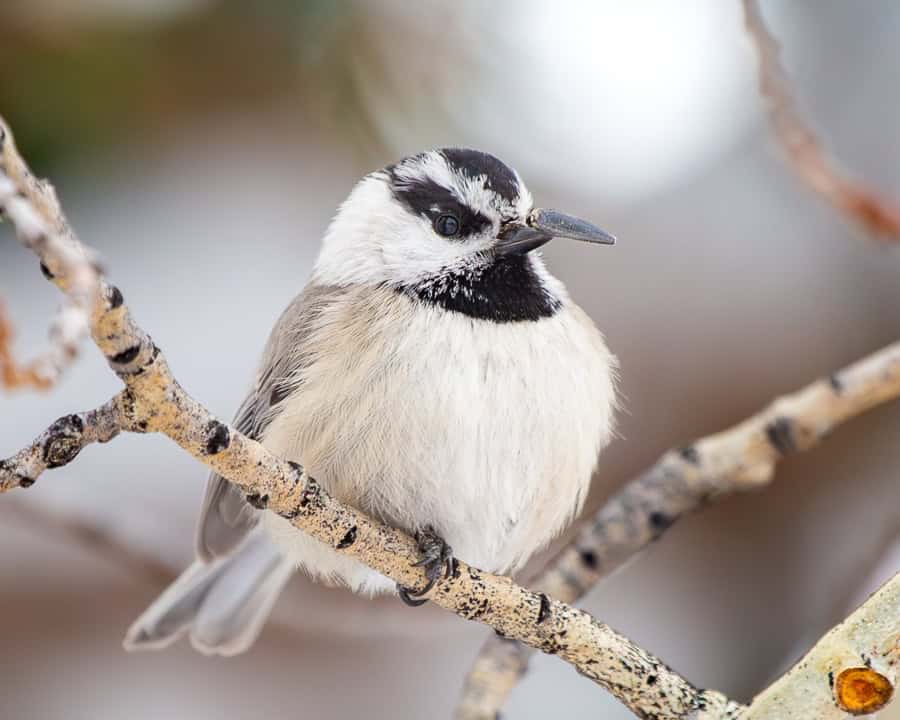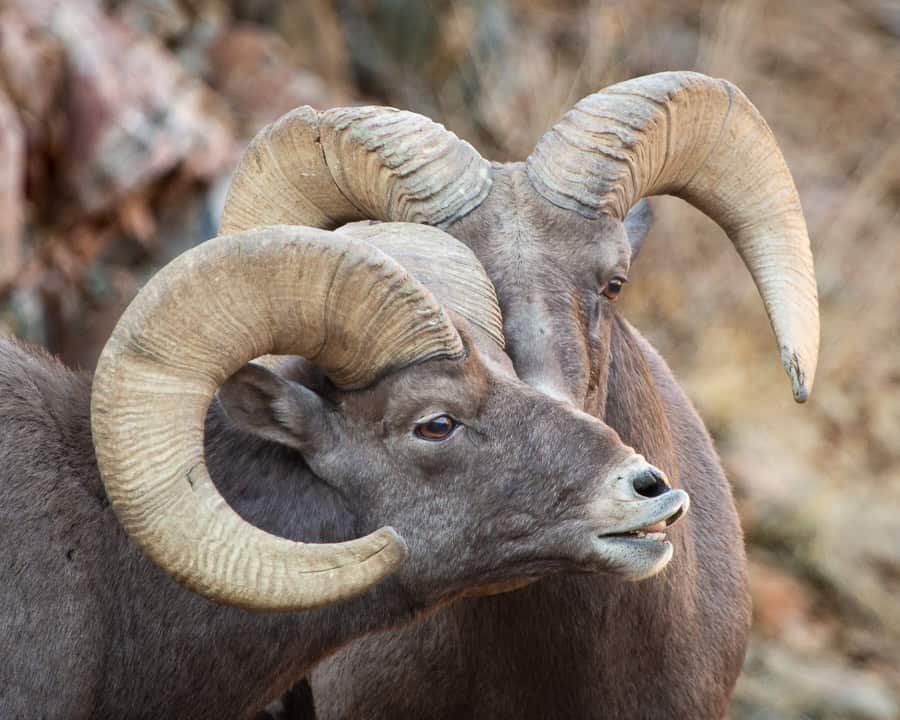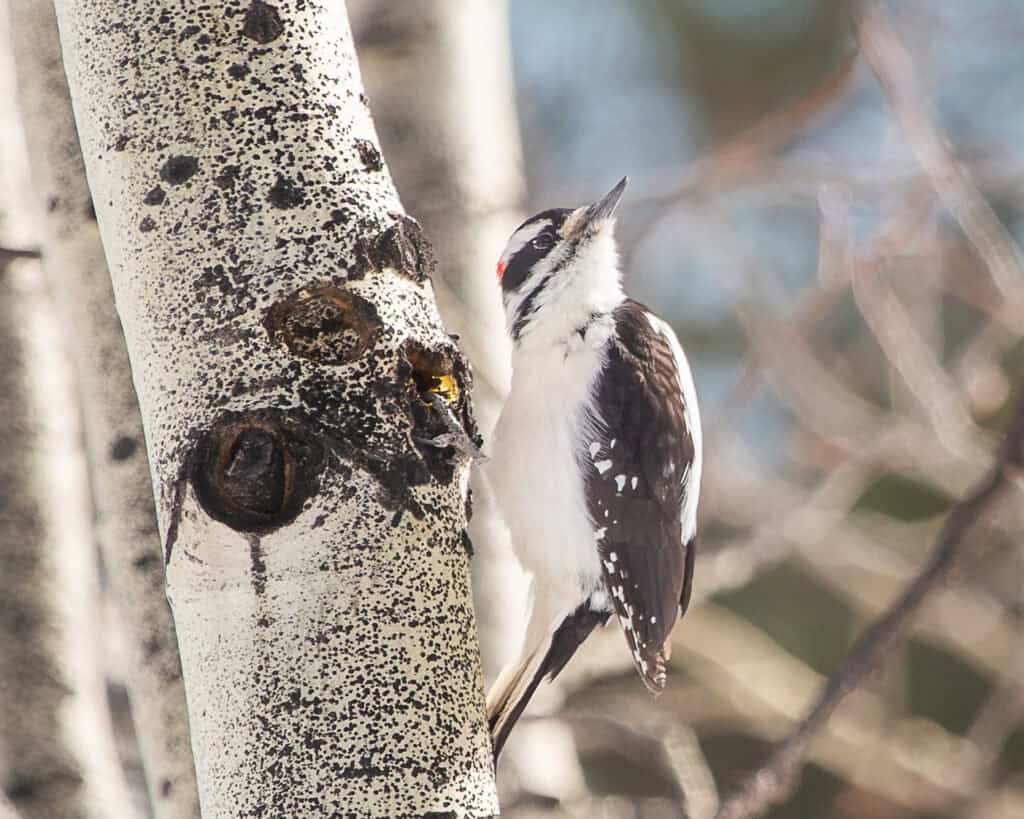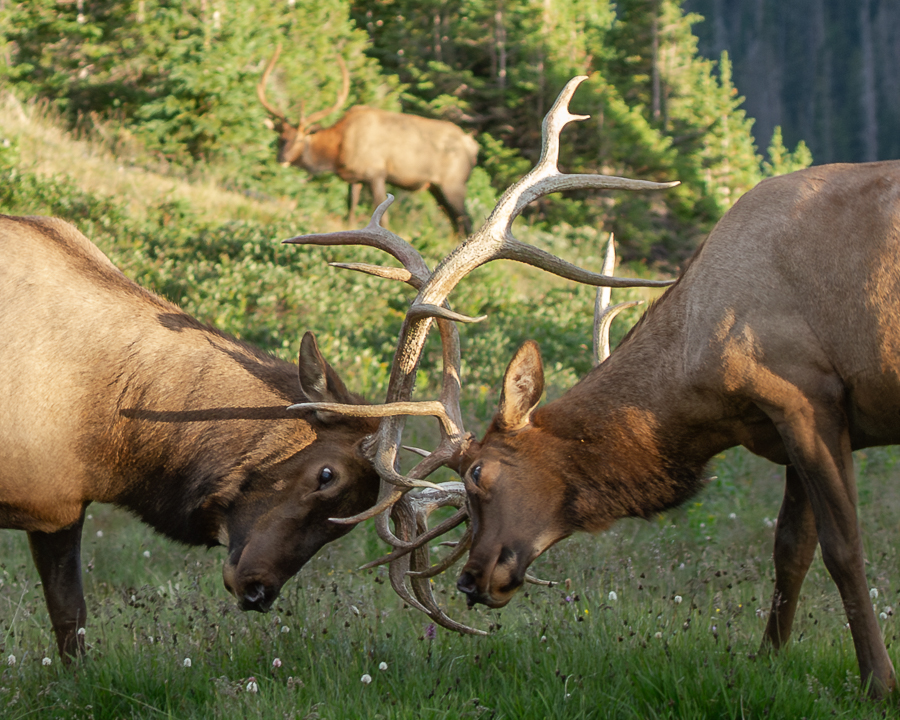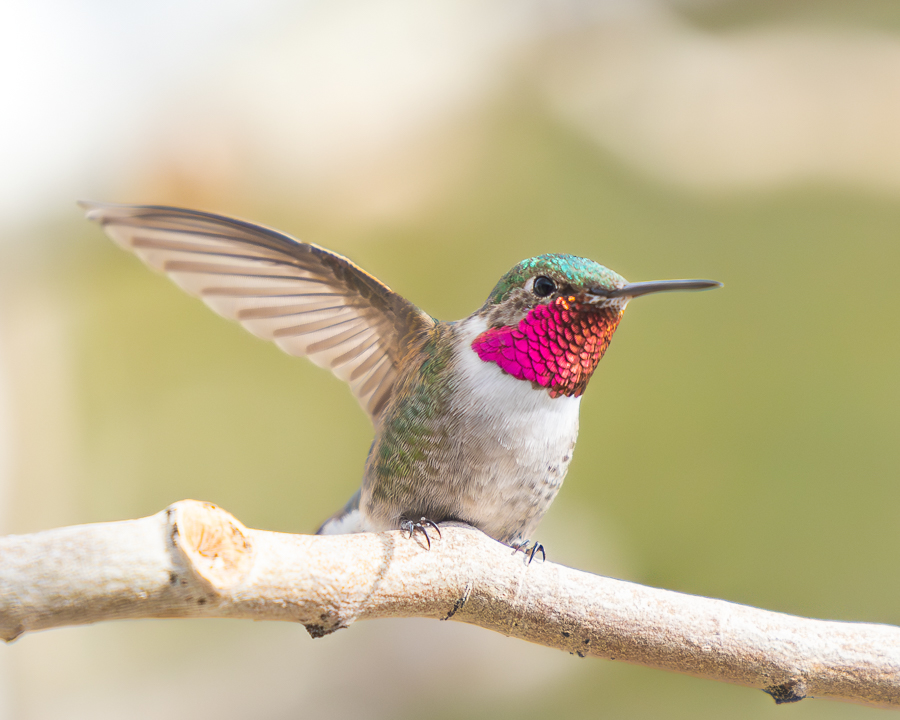As warmer temperatures make their way into the high country life begins to stir, and one of my favorite mountain critters begins to emerge more frequently from the deep sleep of winter, the yellow bellied marmot. Cousin to the portly prognosticators of the east, the famous groundhog (woodchuck, whistlepig, etc.), if you have spent much time in the hills of our “back yard”, you have very likely run into one or more, or at least heard them as they “whistle” from den entrances and talus fields to warn others of potential danger (likely just your approach).
They emerge more frequently, as while they do hibernate to get through the long winters, true hibernation is not one long sleep but actually stints of days or weeks (depending on the animal), broken up by wakeful periods when temperatures rise. Typically a high country marmot will hibernate 7-8 months from September to May, while relatives that live at lower elevations may begin to stir a bit more around February or March. They average 4-10 days of deep torpor where their body temperature drops to a mere 36 degrees Fahrenheit with a heart rate of as little as 3 beats a minute, interspersed with waking periods from 1-5 days. Periods of sleep tend to lengthen in the heart of winter, and shorten once spring settles in. The waking periods allow them to monitor temperatures, as the annual emergence is directly related to average daily warmth.
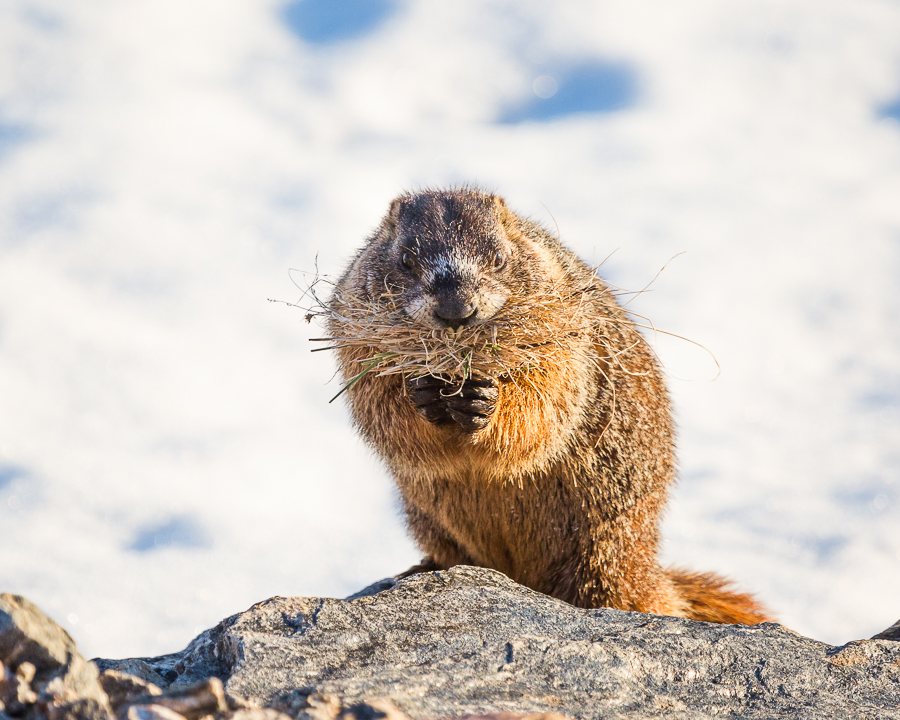
Once they emerge, they spend the late spring and fall months with long days of foraging and eating to build up fat stores for the winter, interspersed with long periods of rest, often splaying out their fattening bodies over warm boulders to soak up as much warmth as possible. In mid-summer they often retreat to one of sometimes many dens to avoid the worst of the daily heat. I say many, as when they find a good patch of food, they often dig a new den nearby to give themselves easy escape from predation while consuming their favorite meals of lupine and columbine. The whistle I spoke of earlier is a way to warn others in the area of just such danger, as they will be seen standing tall on their hind legs to be able to better see any danger, then calling out with a piercing short scream to warn others in a “colony”.
The image comes from one of my favorite colonies to visit when I am traveling through Rocky Mountain National Park, high on the alpine tundra at the Rock Cut viewing area at the top of Trail Ridge Road. This area has a large population of marmots and pika that are very easily viewed from simply sitting on the rock wall that borders the road and parking area. This slimmed up sassy was found making its way back to the den on a fine early June afternoon a couple days after the official opening of the road, likely newly awakened at this elevation of over 12K’. Having apparently found an exposed patch of grass, it appeared to be starting the long summer process of regaining its weight to make it through another cycle of life and sleep.
Originally published in The Mountain-Ear

